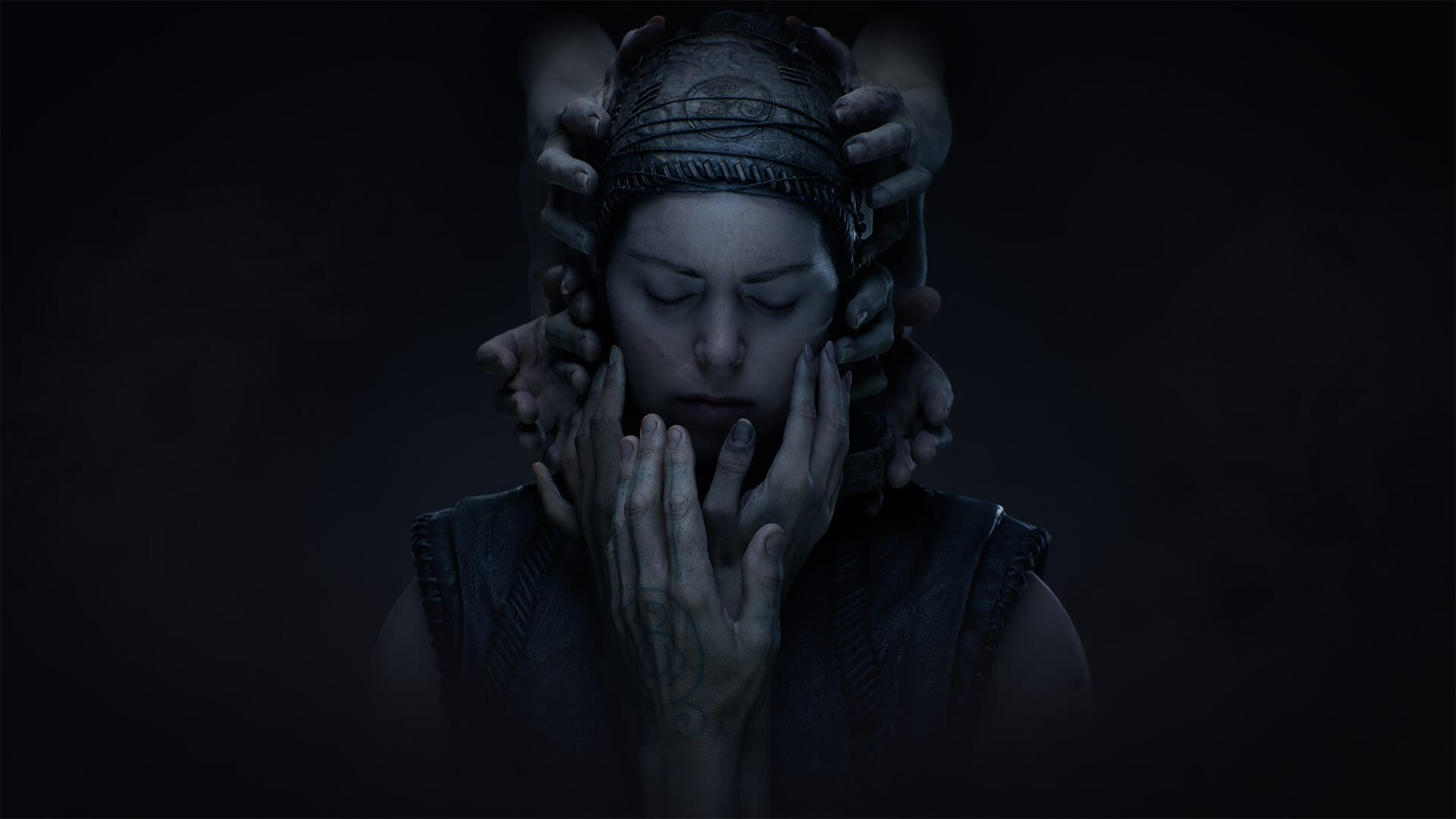
Senua's Saga: Hellblade II
Reviews
-
C64 Mat Premium
05-23-2024 12:11 PM
Comments
No comments found
No comments have been posted for this review.
Other reviews from C64 Mat
-
A Micro Review™ Intro: A Micro Review™ is a small, bite-sized chunk of opinion for games which might not otherwise get any coverage at all. This could be due to length, quality, obscurity or simply a lack of things to embellish upon. Review: A relatively small, relatively short, relatively unmemorable Metroidvania which does nothing original or particularly well, Bounty...
-
Intro: Outrun. Chase HQ. Powerdrift. Turbocharge. If these names mean anything to you, then you'll know what to expect in this retro-inspired racer: Striped roads, scrolling horizons, 2D scaling sprites for trackside objects and a synth-wave soundtrack to drive along to at ridiculous speeds. 80's Overdrive has all of that, but it doesn't have the thing those...
-
Intro: A Micro Review™ is a small, bite-sized chunk of opinion for games which might not otherwise get any coverage at all. This could be due to length, quality, obscurity or simply a lack of things to embellish upon. Review: A simple, cheap £5 Game Maker Studio game distributed by Xitilon. Ostensibly a hack n Slash, you follow a linear top down map, chopping things up...
-
Intro: Whatever you are, you're alive. Sentient. A free mind, tearing your physical body from the biomechanical heap you have grown from. Nothing makes sense. Your being alive doesn't make sense. The sounds and sights don't make sense. The room doesn't make sense. Rising from the floor, you take in the alien landscape before you: A building...
-
Intro: In your mind's eye, you're five moves ahead of The Dungeon. It's been a grueling trek through this particular floor, and - as always - you're one false move from oblivion. Having played the scenario through in your head multiple times, you slide forwards across the tiles. The monsters...

